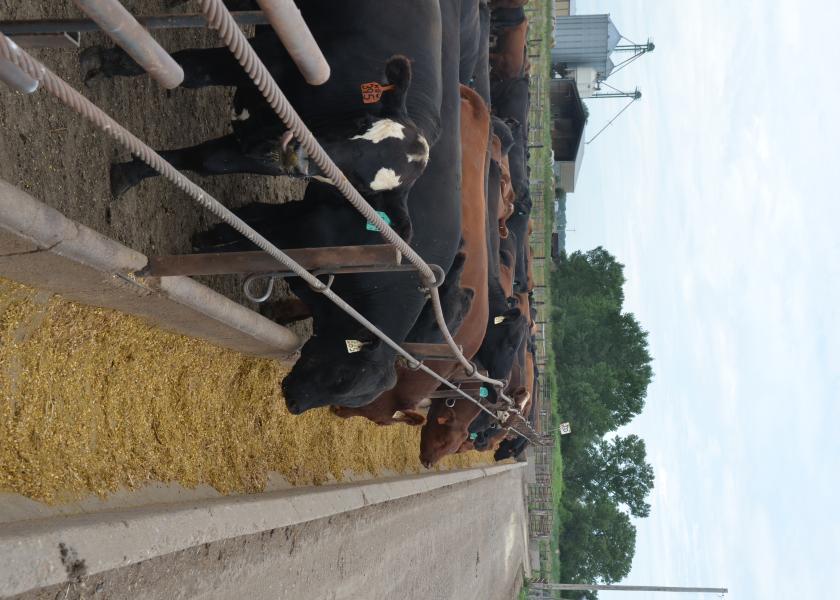Profit Tracker: Margins Decline $55 Per Head

Note: It is acknowledged that winter weather has increased cost of gain for many feedyards in the Midwest. Sterling Marketing president John Nalivka says the Beef Profit Tracker is “intended as a benchmark for the average costs of feeding cattle. Weather certainly has an impact on cost of gain at various times of the year,” he says. “But when one region suffers from a weather event, other regions may not. That’s why there is no adjustment for weather in the Profit Trackers. I fully understand an individual feedyard’s cost of gain may be significantly higher than another, and the Profit Tracker is not intended to reflect that.
“My margin analysis for feeding and processing in the beef and pork industries are meant to serve more as benchmark that can be compared week-over-week, month-over-month, and year-over-year as to the general economic health of those industries.,” Nalivka says. “To do this, I have to make assumptions that hold true across the model and allow for comparative analysis. The discussion from that analysis will bring out specific circumstances for a given year, etc.”
Cattle feeding margins declined $55 per head last week as cash prices declined $1 per cwt. Industry average profit margins on cattle sold last week were $70 per head, according to the Sterling Beef Profit Tracker.
For the week ending March 15, cash cattle sold for an average of $127 per cwt., while the beef cutout closed the week at $226, up $2.51 from March 8. The Beef and Pork Profit Trackers are calculated by Sterling Marketing Inc., Vale, Ore.
A year ago cattle feeders were earning an average of $170 per head. Feeder cattle represent 74% of the cost of finishing a steer compared with 73% a year ago.
Farrow-to-finish pork producers saw their margins improve $11 per head with losses at $12 per head. Lean carcass prices traded at $53.83 per cwt., $6.63 per cwt. higher than the previous week, and $3.65 higher than a month ago. A year ago pork producer margins were a positive $8 per head. Pork packer margins averaged a profit of $20 per head last week.
Sterling Marketing president John Nalivka projects cash profit margins for cow-calf producers in 2019 will average $144 per cow. That would be modestly lower compared to the $161 estimated average profit for 2018. Estimated average cow-calf margins were $164 in 2017, $176 in 2016, and $438 per cow in 2015.
For feedyards, Nalivka projects an average profit of $77 per head in 2019, which would be $53 better than the average of $24 per head in 2018. Nalivka expects packer margins to average about $156 per head in 2019, about $14 less than in 2018.
For farrow-to-finish pork producers, Nalivka projects an average loss of $14.60 per head in 2019, as compared with an average profit of $1.35 per head in 2018. Pork packers are projected to earn $21 per head in 2019, about $3 less than the $20 per head profits of 2018.







